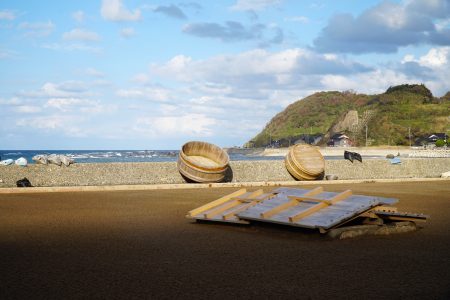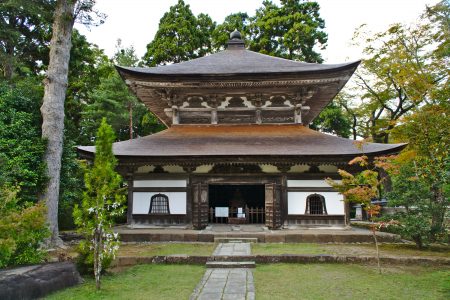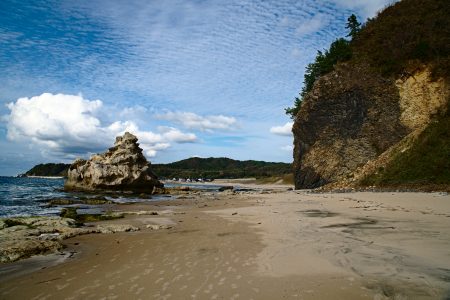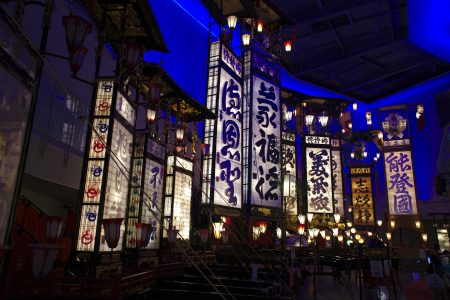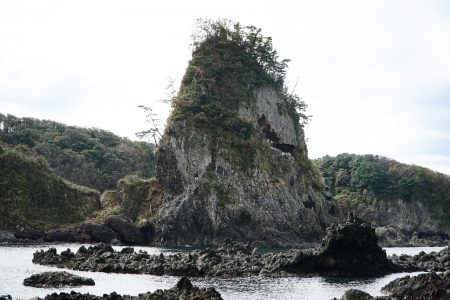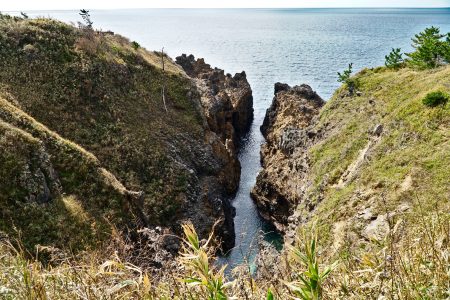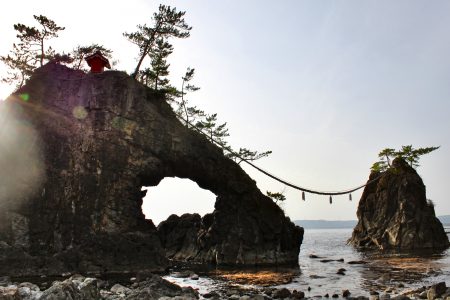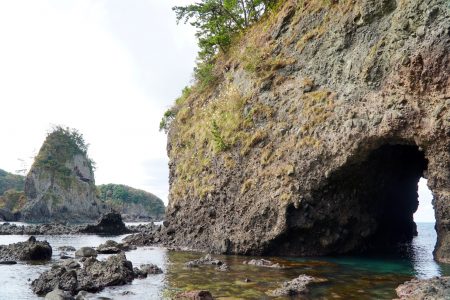Okunoto, meaning “inner part of Noto”, is home to a unique tradition of salt production. In this area of Japan, the locals have been producing salt from sea water for centuries. The methods, by which the salt is extracted from the water, have changed over the years. In the Okunoto Sea Salt Village, however, the …
